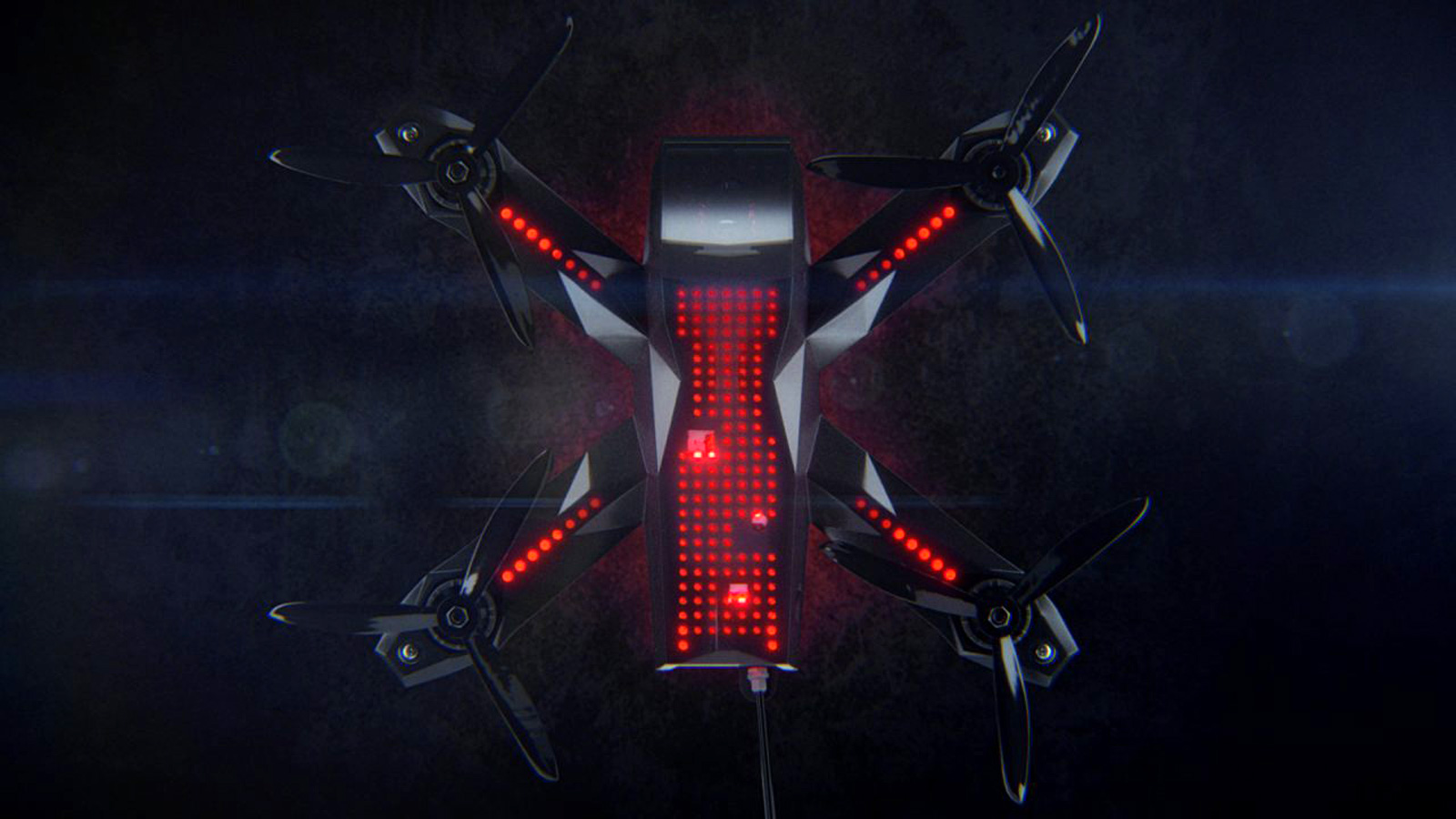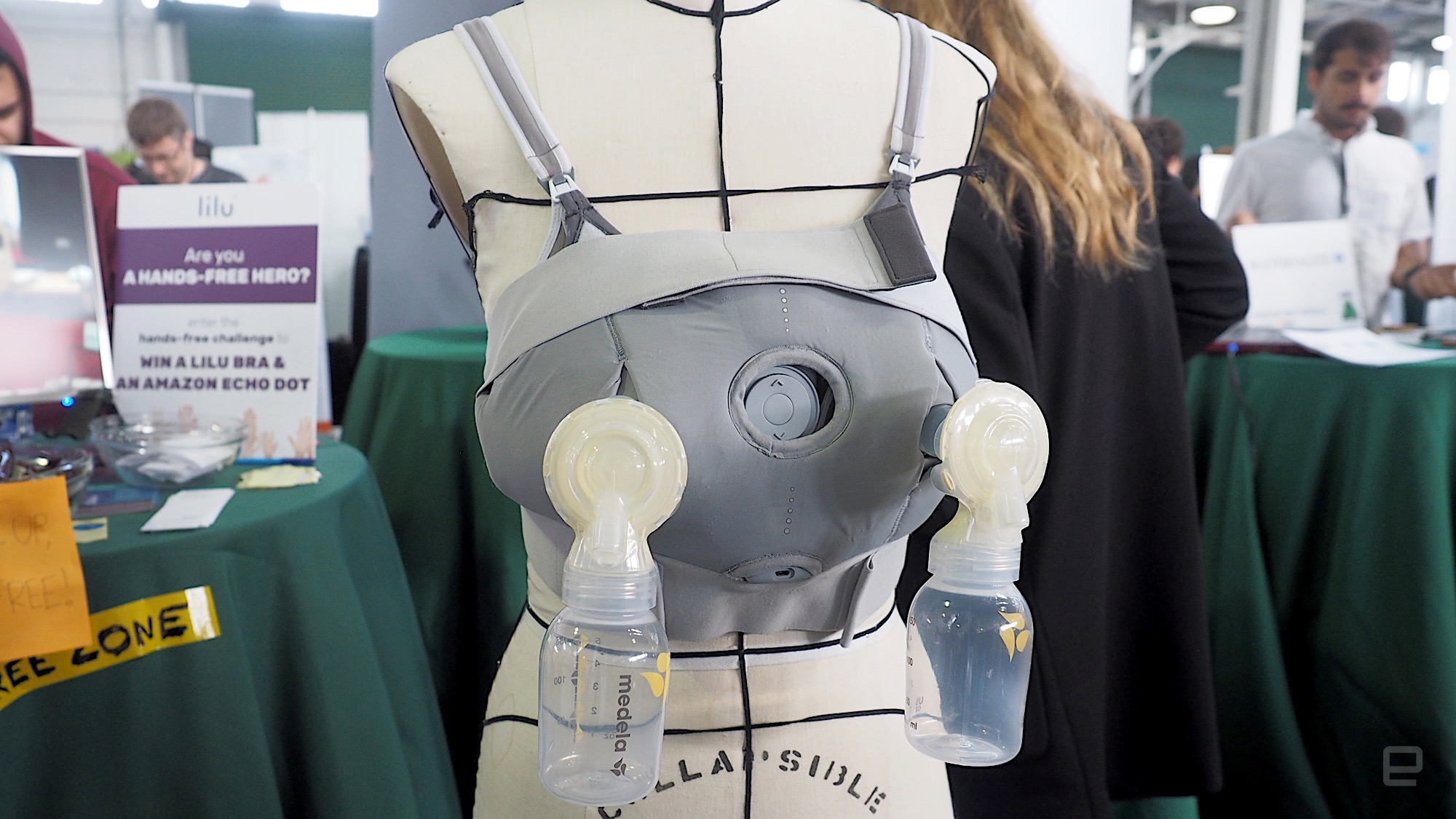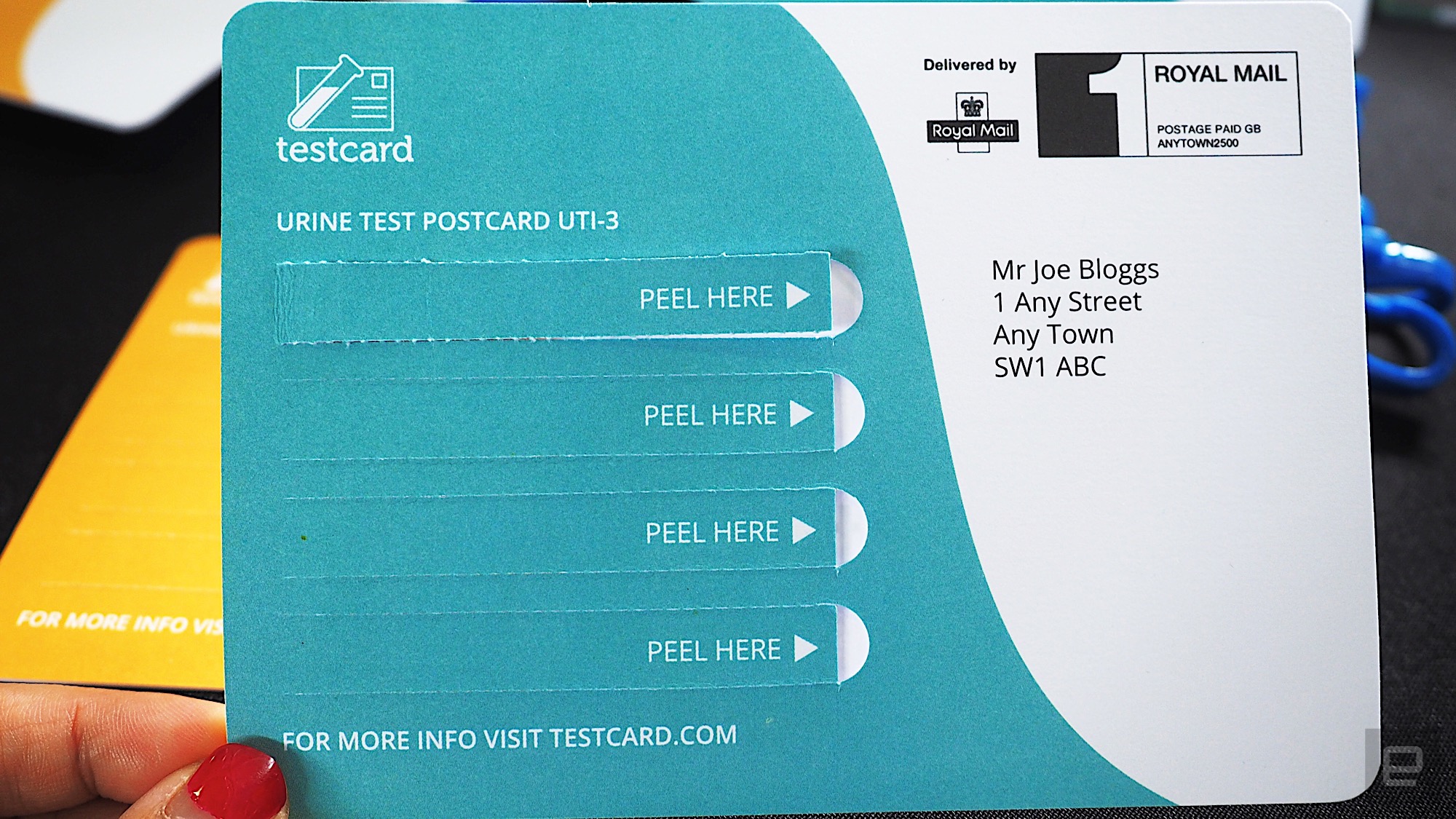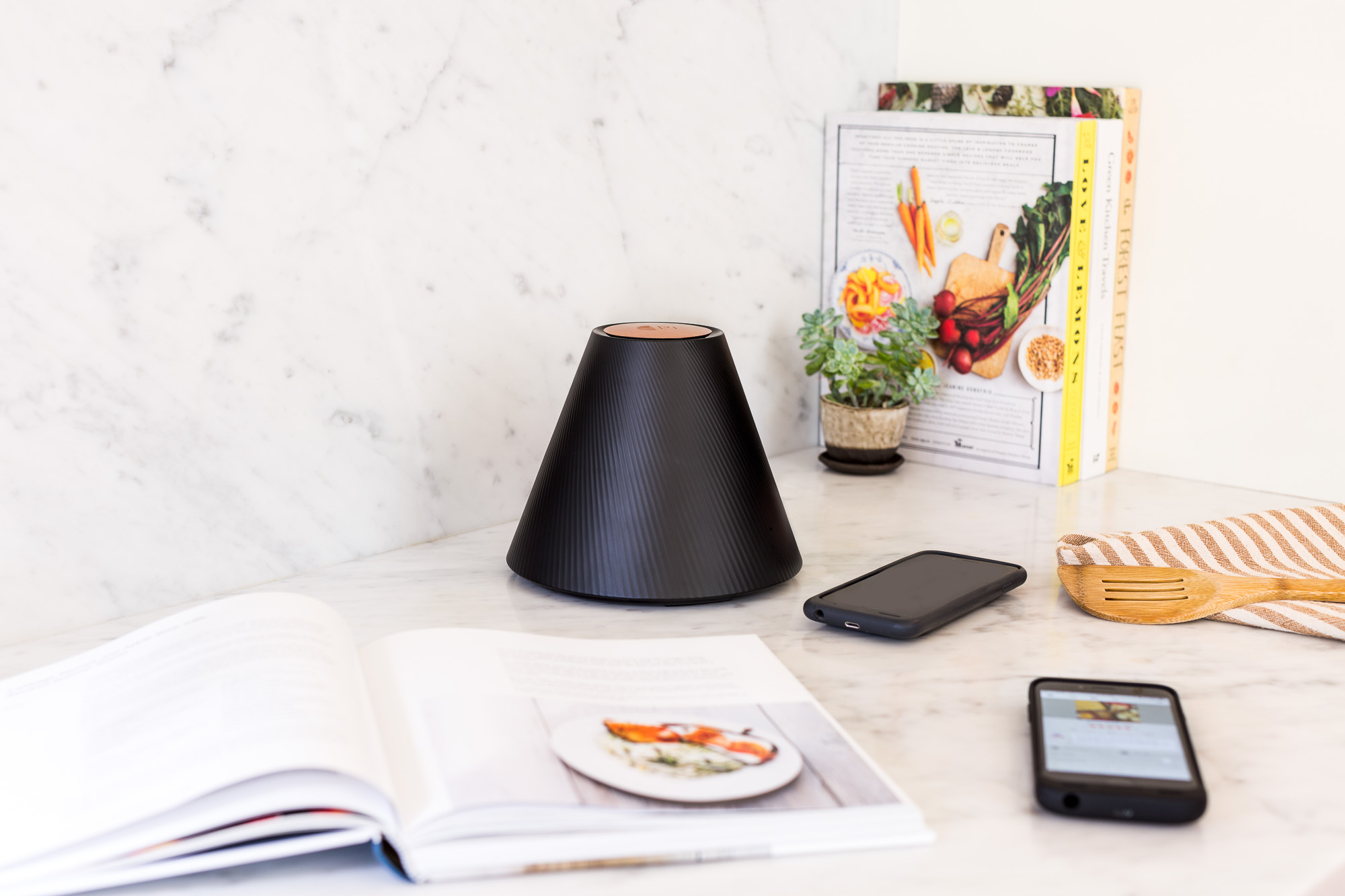
Unless you've been living under a rock for the past couple years, odds are you've seen one of Nicholas Woodman's little cube cameras strapped to someone's chest or stuck to a car. Today at TechCrunch Disrupt 2013, the GoPro CEO was asked if he'd be interested in moving beyond the cube and mount form factor and into something more svelte, Glass-like, even. While he found value in Google Glass' ability to shoot first-person video, Woodman isn't so keen on such a device due to its limited use case (it can really only be worn on your face). "The Google Glass form factor doesn't provide the versatility that has been so key to GoPro's success," he said, before going on to extol the virtues of having a camera that can be mounted on your chest, your car or pretty much anywhere. Essentially, he sees the fact that GoPro can provide any point of view for video as a key selling point for his cameras.
Instead, Woodman sees Glass (or other such wearables) as an excellent way for folks to interact with GoPro cameras. He pointed out the camera line's functionality with current smartphones -- using a handset as a remote control, or previewing and sharing footage, noting that wearables could provide similar features, only in hands-free fashion. So, we won't see any new GoPro models meant solely for wearing, but you can bet we'll be seeing a GoPro Glass app at some point.
Filed under: Cameras, Wearables, HD
Comments
 Last year, we had a look at TG3D Studio's Scanatic 360 Body Scanner, which susses out your body's measurements so you know exactly what clothing size to get at the store. Now, the company has renamed it to the VTO (Virtual Try-On) by Scanatic for Fas...
Last year, we had a look at TG3D Studio's Scanatic 360 Body Scanner, which susses out your body's measurements so you know exactly what clothing size to get at the store. Now, the company has renamed it to the VTO (Virtual Try-On) by Scanatic for Fas...
 Last year, we had a look at TG3D Studio's Scanatic 360 Body Scanner, which susses out your body's measurements so you know exactly what clothing size to get at the store. Now, the company has renamed it to the VTO (Virtual Try-On) by Scanatic for Fas...
Last year, we had a look at TG3D Studio's Scanatic 360 Body Scanner, which susses out your body's measurements so you know exactly what clothing size to get at the store. Now, the company has renamed it to the VTO (Virtual Try-On) by Scanatic for Fas...
 While autonomous drones exist, they're not usually what you'd call speedy when many skilled pilots could beat them in a race. Lockheed Martin and the Drone Racing League want to do better. They're launching an AlphaPilot Innovation Challenge that wil...
While autonomous drones exist, they're not usually what you'd call speedy when many skilled pilots could beat them in a race. Lockheed Martin and the Drone Racing League want to do better. They're launching an AlphaPilot Innovation Challenge that wil...
 Breast pump technology have come a long way from the awkward manual tools of old. Now there are smart pumps that can pump out milk as nursing mothers carry on with their everyday lives; one even won our Best of CES award this year for its simple unob...
Breast pump technology have come a long way from the awkward manual tools of old. Now there are smart pumps that can pump out milk as nursing mothers carry on with their everyday lives; one even won our Best of CES award this year for its simple unob...
 Among the many startups on display at the TechCrunch Disrupt hall in San Francisco this week are companies focused on health and biotech. The products ranged from smart exercise bikes to breast pumps that look like they're from a science-fiction film...
Among the many startups on display at the TechCrunch Disrupt hall in San Francisco this week are companies focused on health and biotech. The products ranged from smart exercise bikes to breast pumps that look like they're from a science-fiction film...
 Despite Apple finally releasing phones with wireless charging, the technology has actually been around for several years. And the fact is, charging via a pad is still kind of a pain -- you can't really use them when they're being charged and you eith...
Despite Apple finally releasing phones with wireless charging, the technology has actually been around for several years. And the fact is, charging via a pad is still kind of a pain -- you can't really use them when they're being charged and you eith...



